Certainly, we want to be referred to as artists and creators and permanent make-up as art. It is pleasing and deserving. But, as experience shows, even the most gifted and talented artists require fundamental technical training to develop their skills. Initially, our task is to learn all the technical parameters of our work: remember sets of rules, learn the subtleties of working with different instruments and materials, explore the different ways and methods of applying pigments and, most importantly, achieve automaticity in the course of practical training. Therefore, in this article, we will focus on the technical side of our profession, and not the creative one.
Manual instruments for applying permanent make-up are rarely used in our modern society (although they have become more and more popular in recent years). In most cases, our main instrument is the device/machine, to which we will devote special attention in this article.
As a rule, a permanent make-up device consists of several major parts.
Power supply unit; it is also a transformer and adapter.
It is designed to supply electricity and to raise or lower the voltage (we have 220V) to the rated voltage. Some rotor pens can run on batteries or rechargeable batteries.
Control unit, also known as the control panel, microprocessor, console, etc. The control unit can be separate from or combined with the power supply unit; it can also be found directly on the pen/ dermograph/ handpiece. The control unit functions as an on-and-off switch for the device and adjusts the speed.
It may also have a timer, settings memory, and a display showing different settings (number of rotations, voltage, time, etc.).
The dermograph/handpiece/ pen is, in fact, the main part of the device. Modern devices are often equipped with a rotary mechanism, whose operating principle is based on converting the motor’s rotating motion into a gradual reciprocating movement of the needle. Methods and systems may differ in machine models – from the primitive to the complex. Some permanent make-up devices are based on an electromotive actuator or a pneumatic actuator, but they are not widespread today.
In essence, we familiarize ourselves with the device by analogy with things that, at some stage, seemed incomprehensible. Then, our movements become automatic and do not need to be analyzed. For example, you can draw a parallel with people who have mastered the skills of driving.
Initially, we do not stop thinking about what we should do, and when, how, and in what sequence it should be done. If we have enough experience, we reflexively change gear, accelerate and turn the steering wheel, glance in the mirror and watch the traffic lights, and yet continue talking comfortably with the passengers.
But what about mastering a sim- ple writing pen? We do not look at the tip of the pen because we know exactly where pen marks will be as soon as we touch the paper. Our hand movements also become automatic. An example of a writing pen will serve as a visual aid.
No.1 HOW TO HOLD A DERMOGRAPH/HANDPIECE
When we start, we usually hold the dermograph like a pen; sometimes we correct our grip very slightly because of its diameter (it is with good reason that many specialists refer to it as a pen). Our grip on the dermograph/handpiece should be as comfortable as possible (photo 1). It is important to grip the dermograph fairly low with your fingers so that your armrests on the surface during work. Do not hold it in the air, resting it on your little finger or elbow. You may work like this only in exceptional cases (photos 2, 3).
No. 2. BOTH HANDS ARE ALWAYS AT WORK
Let’s make another analogy with writing. In elementary school, we were taught to hold our exercise book with our hands while writing. Over time, most people lose this habit. But, to perform quality permanent make-up procedures, the skin must be tightly drawn.
We use the fingers of our other hand to stretch the skin. This means that our work always involves both hands (photo 4).
No 3. ANGLE OF PENETRATION (ANGLE AT WHICH THE NEEDLE ENTERS THE SKIN)
We usually hold the pen at an angle. When we work, we will hold the dermograph perpendicularly or at different angles, depending on the tasks and applied technology. The sharper the angle of penetration, the more pigment is introduced into the skin (photos 5, 6, 7).
No. 4. CONTROLLING THE EXECUTION OF MOVEMENTS WITH THE DERMOGRAPH
Pick up a pen or pencil and write something on a piece of paper. As a rule (if you are right-handed), you hold your pen at a slight angle and you write from left to right (away from your body). When we hold a dermograph at an angle, the ideal movement should be performed forward, toward your body (photo 8). The dermograph should be directed at an acute angle “into the skin” and not “away from the skin”. The drawing is behind the wrist. If we direct the dermograph away from our body, we should observe the same rules: introduce the needle “into the skin” at an acute angle (photo 9). It should be noted that if you work in this manner at an acute angle, you can implant much more pigment into the skin than in a perpendicular position (photo 10) or if you move the pen “away from the skin”.
We cannot say that moving the dermograph “away from the skin” is not correct. It is preferable for some techniques, but the pigment will, in this case, spread densely and sometimes unevenly.
This is also connected with the fact that moving the pen away makes it more difficult for you to see your conceptual drawing (photo 11).
No. 5. PROJECTING A LINE
If we want to draw a clean, straight line, the needle on our dermograph should be either perpendicular to the skin/line or at an acute angle; we should move the pen precisely in the direction of the line – towards ourselves or away from ourselves – as if creating a projection of the line (photos 12, 13). If we approach the line from the side, we will get an imprecise line, and the pigment will spread within the skin (photo 14). This rule applies only to drawing lines. We can hold the dermograph at any angle when we apply colors.
No. 6. DETERMINING NEEDLE FUNCTION
It is important to distinguish between two completely different concepts – needle length and needle stroke. Needle stroke refers to the parameter initially set by the manufacturer, the distance between the needle drop point and the needle’s original position it returns to. The average needle stroke varies from 1.8 mm to 3.5 mm in different devices.
Needle length refers to the apparent length from the tip of the needle. We adjust the needle length ourselves (using the device). You can retract part of the needle stroke in the tip or module, thus reducing needle length. Do not make the needle longer than the stroke!
Do not forget that pigment is introduced into the skin via the tip of the needle; therefore, the needle must retract to the tip to capture the pigment.
If the instructions do not mention parameters for the needle, you need to determine them on your own so that the settings are correct and the device operates properly.
Some specialists disagree with this statement, but from a technical point of view, even a minimal increase in needle length (in comparison with needle stroke) may adversely affect the quality of pigmentation.
No. 7. POSITIONING THE TIP OF THE NEEDLE
As strange as it may sound, the tip of the needle should not be positioned in the exact center but should lie against one of the inner sides. Practice shows that this technique not only eliminates the lateral vibration of the needle, but also helps the pigment seep into the skin from the tip. Some manufacturers try to eliminate the play of the needle by adding a very thin and long tip. As a result, the pigment has difficulty entering the reservoir of
the tip/module and seeps out slowly during the penetration process. The reservoir is very small in these tips/modules, thus forcing us to repeatedly draw more pigment, which delays work. The best way to stabilize the needle and allow the pigment to flow freely is to have one or more support points for the needle. This can be done by turning the needle a little or tilting the tip slightly.
No. 8. DEPTH OF PENETRATION
Students often ask me: “At what depth should the needle be implanted?” This is understandable because many have heard about skin trauma, scars, etc. The problem is that even knowing what depth of penetration should be used, it is impossible to determine depth with the naked eye.
Average needle length is 2.0-2.5 mm; approximately 1/5 of a 2.0 mm needle penetrates the skin (by eye), and part of the epidermis and dermis seem transparent. Moreover, you should be aware that the thickness of the skin is different for every person and in different areas of the face and body.
No high-tech equipment can determine the depth at which a permanent make-up artist should work. We then have to use our tactile sensations, such as the degree of vibration of the skin or objectively apparent manifestations, such as the discharge of blood.
In the initial stages of practice, it is essential to get used to performing a very superficial job. In the end, it is better not do anything on the skin than leave a scar. We can give beginners a good piece of advice: always start with the minimum!
Try to gradually increase the depth of penetration. If the pigment does not remain in the skin it means that you must puncture a little deeper. Once the pigment remains in the skin, do not go any deeper. Finish the procedure at this depth! If the needle is implanted into the deeper layers of the dermis, the pigment might spread within the skin, change color or remain there for a long time. If the skin is subject to strong trauma, there can be a significant loss of pigment during the healing process. A qualified specialist does not think about the depth of needle penetration; he/she senses and knows what is right as a reflex developed through repeated practice.
No 9. HAND SPEED
It is essential to understand the concept of hand speed along the surface of the skin. The slower the hand moves, the more punctures remain in the area, and vice versa (at the same speed of the device). So, the slower we move our hand, the denser the coverage. In order to achieve color uniformity, speed must not be modified.
No. 10. DEVICE SPEED
The speed of the device is very closely linked with the speed of hand movements along the surface of the skin. Logically, the higher the speed, the more punctures can be performed within a certain period of time. For this reason, we recommend that novice artists work at a minimum speed and move their hands slowly. This will help them focus on small details, draw them in more precisely and prevent skin trauma. If the device speed is low and hand movements are fast, coverage with color will not be dense enough and will be very transparent. This combination is suitable for light and airy feathering.
If the device speed is high and hand movements are slow, we get a very dense shade, but skin trauma is more likely to occur.
It is believed that the speed of the device should be slightly increased if you want to speed up the coloring process and use, let’s say, a cluster of 5-7 needles instead of a single needle (in consequence, skin resistance increases). In fact, the changes will be insignificant. No. 11. SHADING TECHNIQUES While, as a rule, you perform straight, uninterrupted movements or forward (back and forth) strokes to produce lines, there is no clear formula about how to improve shading. The geometry of the drawing can be varied: strokes, circles, ovals, loops, figure eights, etc. All kinds of shading can coexist successfully even on one piece of work; it all depends on the make-up artist’s preferences (characteristics of equipment, needles, etc.)
Schools used to insist on having work done on the skin in a perpendicular manner and applying only circular movements. Over time, this has ceased to be the only correct approach. However, some schools have reserved the right to insist on a certain needle technique (trajectory/geometry), which, in their view, is the only correct one. This may sometimes be reasonable, given the specificity of each piece of equipment.
No. 12. CHOOSING A NEEDLE It is well known that permanent make-up equipment includes a wide variety of needles – from single units to clusters of 9-12 needles, circular (set together or apart) or flat (one or two rows), with different tips, diameters, and texture.
When the permanent make-up industry was launched, only single needles were available in the market.
Such needles are currently essential for fine and intricate work. To shade in larger areas, we tend to use larger clusters (round or flat). Sooner or later, all make-up artists get used to using certain kinds of needles for different procedures (if their equipment supports this).
A special approach, knowledge, and skills are required to handle needles. Some permanent make-up techniques involve the use of certain types of needles. For example, round clusters are used to perform work perpendicularly or at a slight angle, but flat needles or single needles can be used both perpendicularly and at any angle. So, we cannot say that one needle is right and the other is wrong. Selecting needles is very personal, related to the characteristics of the equipment, techniques and personal preferences.
IN SUMMARY
To perform high-quality permanent make-up, it is important to combine technology and techniques, and approach each pigmentation area in a particular way. Some places require tauter skin or deeper penetration, others more finesse and sensitivity. Specialists must balance device speed and hand speed when working along the surface of the skin, select a suitable needle for each technique, find the right angle of penetration and display a proper attitude towards their client. Only the optimal combination of all these components gives the best results.




